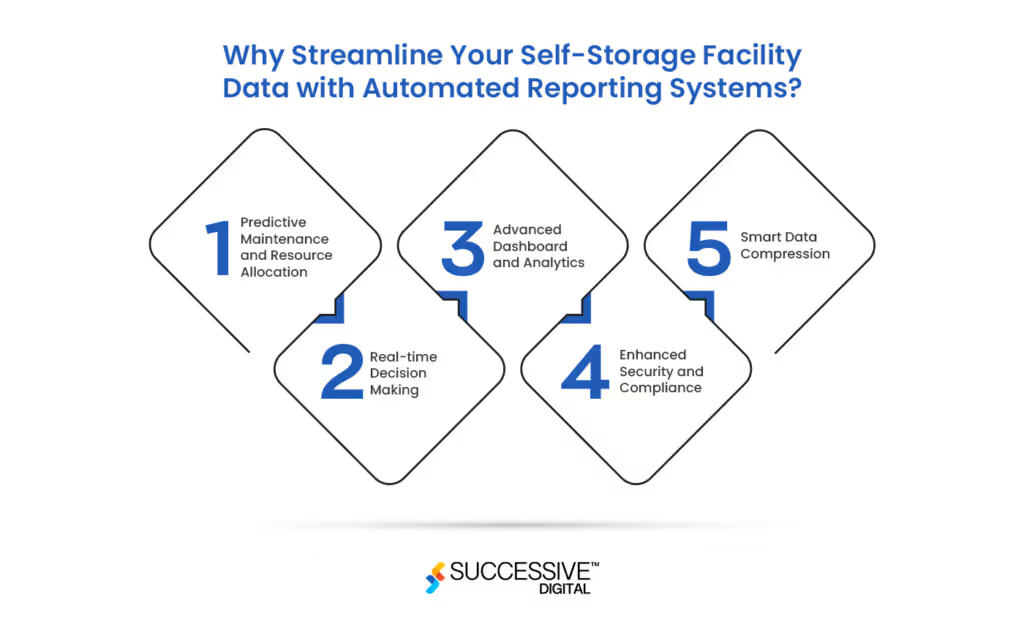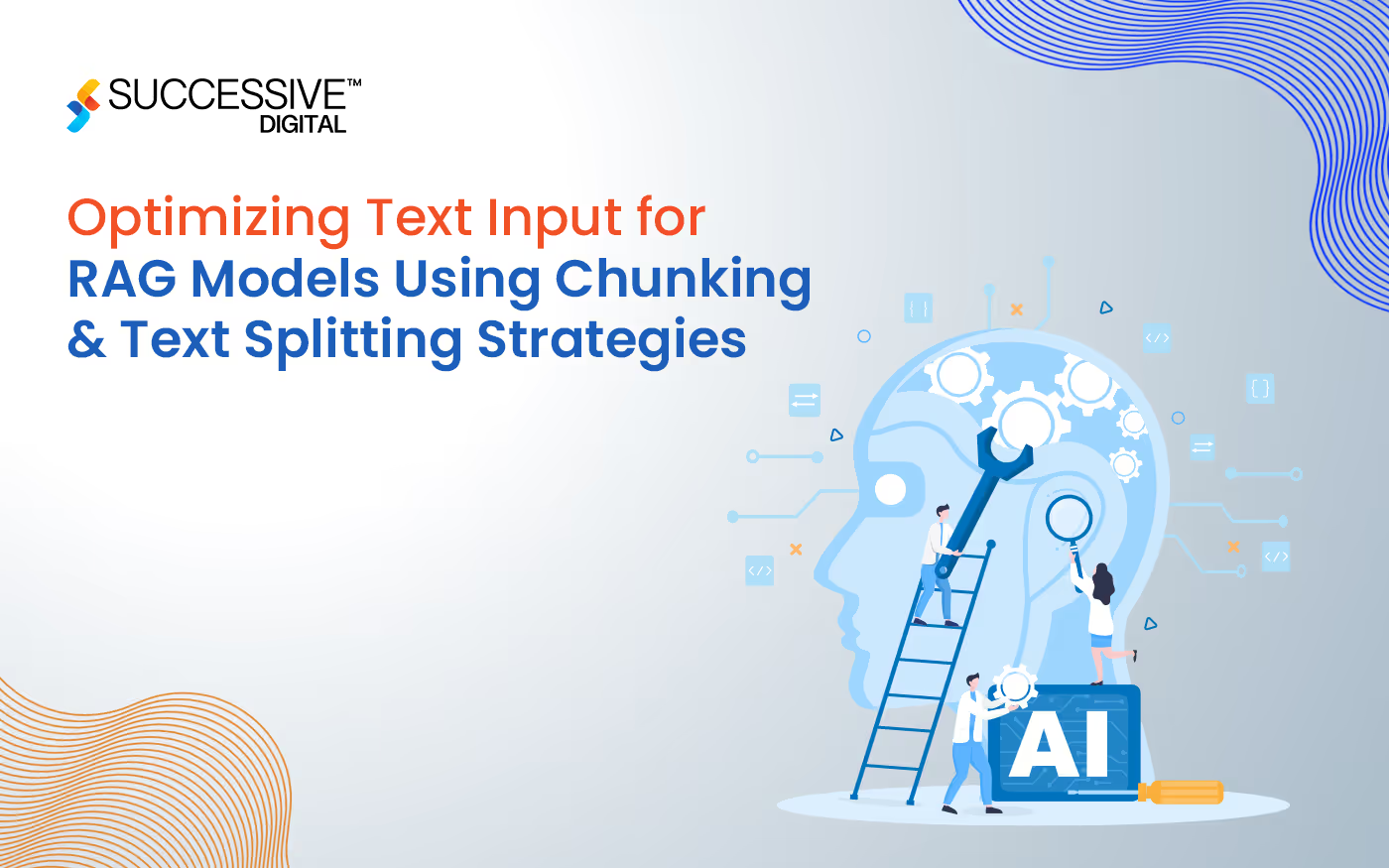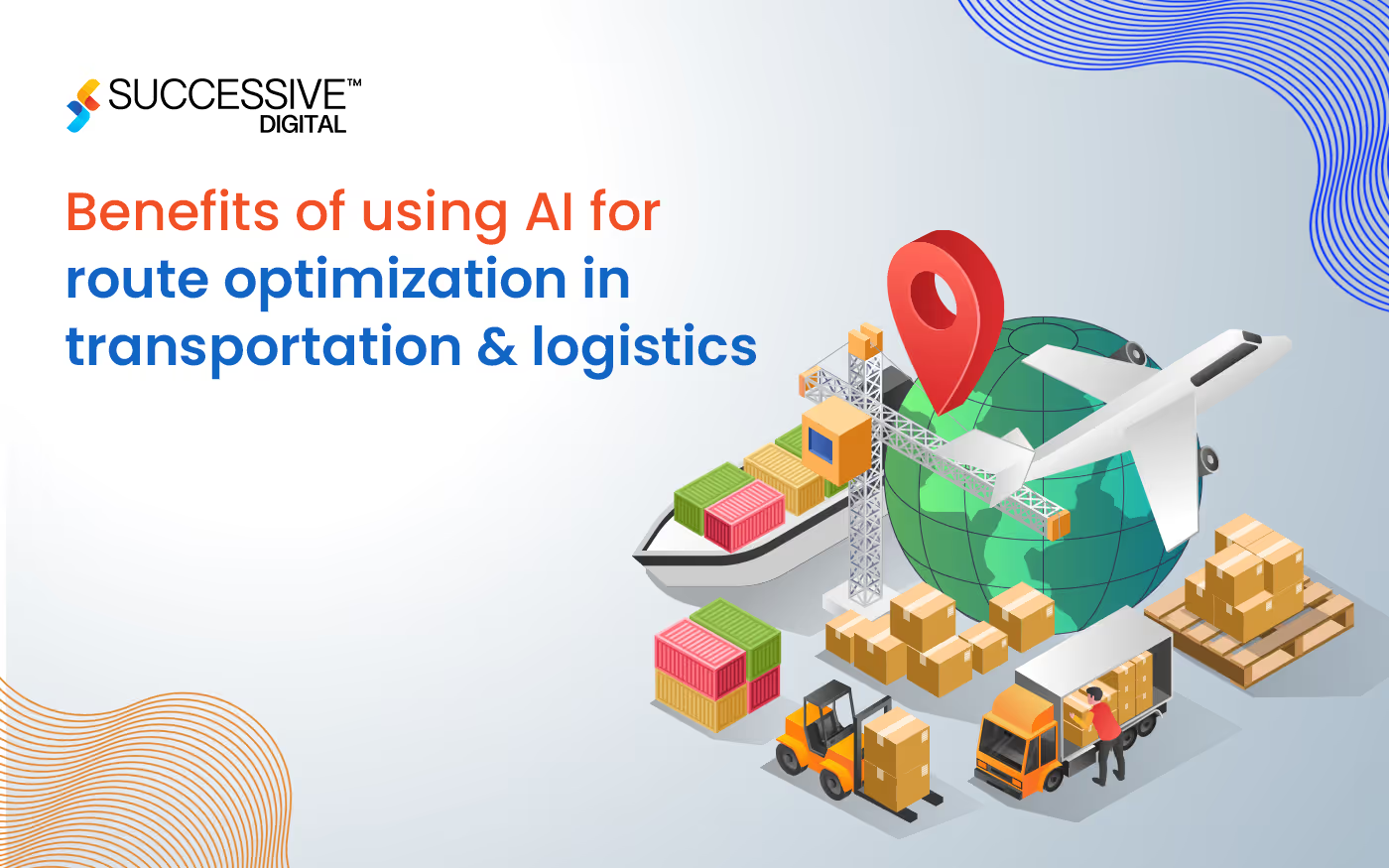Artificial intelligence is constantly transforming industry-wide operations, and self-storage operators are leveraging it to achieve operational excellence and offer personalized services to their customers. The buzz about AI is fundamental in today’s technology-dominant world, and it doesn’t seem to be ending anytime soon. From task automation to analytics and reporting, AI has brought a paradigm shift in storage practices.This blog will discuss the fascinating implementation of AI in storage solutions, delving into how AI-powered automation is revolutionizing storage facility data management, enhancing overall efficiency, and unlocking new possibilities.
What Does Stats Say About AI Implementation in Self-Storage Business?
There are some intriguing insights about how the AI model is set to redefine self-storage industry operations. Let’s check a few of them:
- By 2025, context-driven analytics and AI models will replace 60% of existing models built on traditional models.
- 25% of storage operators are already using automation at their facilities.
- Combining a powerful AI system like a chatbot with a live agent results in 88% chances of increased repurchases compared to traditional bots.
- The global AI-powered storage market is estimated to grow at a CAGR of 26.2% between 2023 and 2030.
Core Challenges of Reporting in Self-Storage Business
Fragmented data and reporting practices impose a huge challenge for self-storage businesses. Operating on traditional models leads to a constant hustle with multi-unit management, timely resource allocation, and task completion. Moreover, real-time data collection, optimization, and processing is another challenge that hinders their operational efficiency. When the collected data isn’t qualitative and accurate, it results in poor decision-making and a decline in a business’ ROI.Here, self-storage operators need a success-driven solution and must leverage the power of AI automation to stand the test of time.
Why Streamline Your Self-Storage Facility Data with Automated Reporting Systems?

Due to urbanization, lifestyle changes, and the need for additional support required at every step for people of every of walk of life, change is constant in every facet, including self-storage management and offerings. As the industry moves towards an automated or human-free operating model, administrators who look after the facilities need additional digital support to look after every aspect of business growth and ROI. An automated reporting system is helpful in this aspect as it allows them to make better and more informed decisions for growth and increase customer satisfaction on their property. Let’s dive deep into the aspects of automated reporting systems that help self-storage facility providers in multiple ways.
- Predictive Maintenance and Resource Allocation
AI-driven storage solutions empower businesses to predict maintenance needs and allocate resources to vendors effectively. Machine learning models analyze historical data to identify equipment failure patterns, enabling proactive maintenance to prevent critical issues and optimal availability of storage units.This reduces downtime and extends the lifespan of storage infrastructure, saving costs in the long run. As a result, the storage operators can maximize their productivity.
- Real-time Decision Making
The automated reporting system enables real-time decision-making for businesses as they constantly receive precise reports and predictions generated by AI models. It helps them forecast demands, optimize pricing, efficiently manage the inventory, and promptly revise unit availability and price changes on the storefront to update the tenants on storage availability.
- Advanced Dashboard and Analytics
Advanced dashboard and analytics functionality allow businesses to overview the number of tenants awaiting unit allocation and which units are available. They can easily facilitate multi-unit management, inventory management, and tenant booking management from data-rich, interactive floor plans via a single automated dashboard. The dashboard will be integrated with AI-enabled surveillance cameras installed at the facility to provide real-time alerts whenever any mishappenings occur.
- Enhanced Security and Compliance
AI models help improve the security and compliance of the storage facility by continuously monitoring access patterns, detecting anomalies in data usage, and providing prompt alerts for vulnerabilities. It flags out suspicious activities in real-time, helping self-storage operators prevent data breaches. Moreover, AI aids in compliance by automating data retention policies and ensuring data is stored in alignment with regulatory requirements.
- Smart Data Compression
AI-powered smart data compression and deduplication techniques can help achieve storage optimization. AI algorithms identify repetitive data patterns and eliminate redundancies, effectively reducing storage space requirements. This results in efficient utilization of storage resources, lower costs, and improved data retrieval speeds.
Key Capabilities of AI-Driven Analytics and Reporting System
AI-driven self-storage reporting solution and inventory management software development has transformed various traditional operations and allowed businesses to put their critical storage facility data on autopilot with access to a robust analytics dashboard. The below-discussed capabilities will explain how AI impacted the overall reporting system of self-storage businesses.
- Birds-eye Units’ Status Summary
The AI-driven reporting system provides detailed analytics on storage unit availability and resource allocation, which helps storage operators manage their facilities efficiently. The dashboard also allows them to automate delegation for awaiting tenants once a unit becomes available.
- Multi-Unit and Asset Management
With the help of an advanced dashboard, businesses can manage multiple units simultaneously and ensure optimal asset maintenance by raising tickets for prompt repairs to avoid equipment failures. The embedded AI models will provide real-time alerts, such as when a unit becomes available or faces any issue, to streamline their day-to-day facility management operations. This way, businesses can see real-time unit vacancies in one place and update the availability on their storefront.
- Predictive Trend Analysis
The AI-powered dashboard assists with predictive trend analysis and improves the decision-making strategies of self-storage businesses. It provides analytics based on past business metrics and facility usage patterns that help improve current and future operations, generate more leads, and accelerate revenue growth.
- Real-time Updates on Unit Occupancy
The dashboard provides a detailed breakdown of unit occupancy and is automatically updated in real time to help the storage operators optimize theirBusiness operations accordingly. For instance, based on occupancy analytics, businesses can raise tickets to their vendors and suppliers to upkeep the required equipment and its maintenance to prevent storage unavailability issues.
- Point and Click Management Unit Control
The automated reporting system enables self-storage operators with point-and-click management to swiftly change a unit's status, assign it to a tenant, or quickly access their rental history with convenient selectors and controls. This functionality allows them to manage each tenant's profile from a single dashboard.
Conclusion
With an increased demand for self-storage comes an obligation to offer the best possible customer service. While traditional models are inefficient in managing multiple units in real time, leveraging artificial intelligence proved to be an ideal solution. AI-driven reporting and monitoring enhance self-storage management, streamline various business operations, and prevent future discrepancies.
Want to Build an AI-powered Self-storage Reporting System?
Optimize your self-storage analytics seamlessly with our AI-powered automated reporting system.
.avif)










.jpg)









